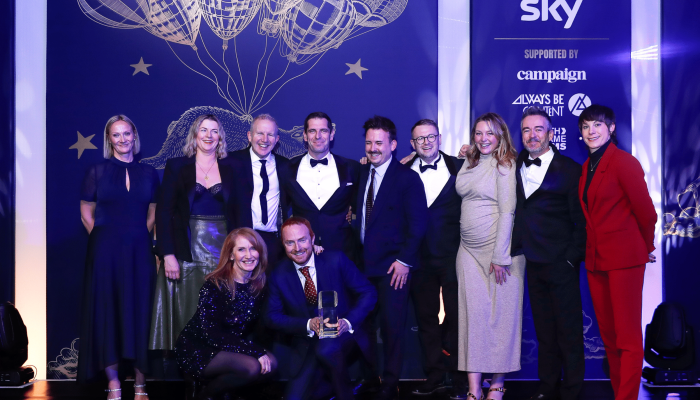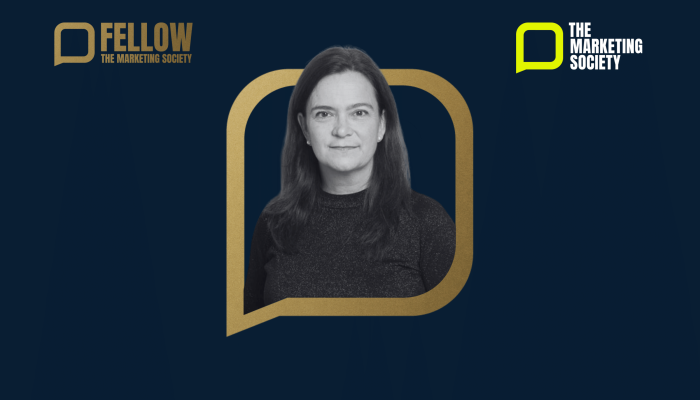You’d be hard pushed to find a marketing leader who doesn’t love the idea of agile. Being nimble in execution, creative in problem-solving, and responsive to customers in the moment appeals to everyone. Consistency and stability is important, but we all like to have licence to be brave, take risks, and deviate from the plan when the opportunity arises.
The problem is, ‘agile’ means different things to different people.
It’s a mindset: being ready to change the plan. It’s technical: the nuts and bolts of how products get built. And it’s tactical: dynamic, personalised social media marketing, or opportunistic ads like KFC’s FCK bucket.
More than that, it’s about culture.
It’s a totally different way of operating that needs buy-in throughout the business and a brave marketer prepared to drive change. Most leaders self-identify as brave, but survival gets in the way. CMOs have plenty on their plates meeting short-term targets.
Last week we co-hosted a breakfast with the Marketing Society to discuss how to bring agile culture into an organisation. Some key discussion points;
- Agile is more than a technical process. It’s essential for effective digital transformation and requires cultural change.
- It starts with customer-centricity, but in business strategy above marketing execution or brand positioning. As the voice of the customer and the soul of the business marketers are best-placed to deliver but typically not empowered to do so.
- Marketing leaders should learn what microservices are vs legacy technology, and how to translate this into language & metrics the board can engage with.
- Few organisations measure progress in agile transformation. Unlike most major programmes, few set KPIs across teams, align them with strategic objectives or measure against a business plan.
- CEO engagement is a must: without it marketers have no mandate to take risks and experiment. Bottom-up buy-in is also key. Small-scale innovations spread enthusiasm and help the business case for a wider approach.
- Holding company networks and consultancies are seldom effective agile partners. They’re incentivised to operate a black box model, tend not to communicate outside technology silos, and offer little access to tech talent. Successful agency leaders form collaborative teams with clients (an in-house or hybrid model) operate transparently and help clients in-house skills over time.
So in summary: organisations with an agile culture and focus on the customer are better equipped to ride the challenges ahead. Marketing becomes easier in an agile organisation but the culture change required to get there can be hard and requires brave leadership.
Getting it done is well beyond the scope of this short blog, so for further reading I’d recommend the Harvard Business Review’s lead ‘Agile At Scale’ feature from their May/ June issue, or our own blog, or course.
But before you do, start with a question; do you reap or do you sow? Do you want to be known for playing safe and making do, or be remembered for changing the business for the better? If it’s the latter, go agile, but this requires brave leadership to deliver.
James Cannings is co-founder of UX, design and build agency MMT Digital



